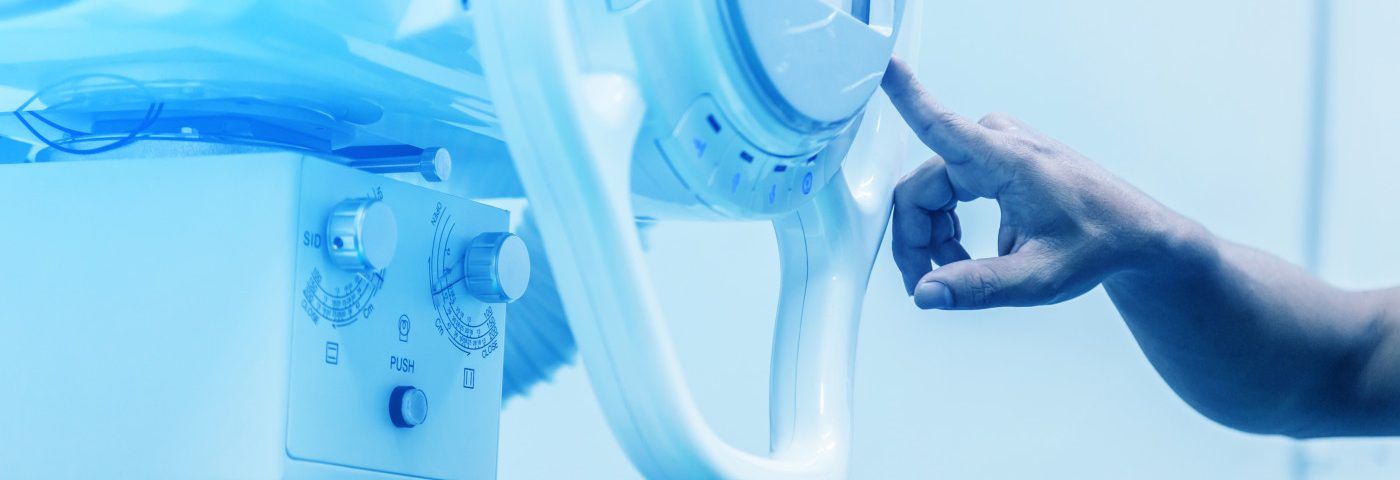A new virus-based gene therapy could protect healthy tissue from the effects of radiotherapy and improve breast reconstruction surgery, a study with lab rats suggests.
The therapy delivers copies of stress-limiting proteins into healthy tissues, preventing the side effects that sometimes appear months or years after cancer radiation treatment, which limit the effectiveness of breast reconstruction surgery.
The therapy not only protected the transplanted tissue but also improved the destruction of tumor cells by radiotherapy, a team from The Institute of Cancer Research, London, showed.
“Some women who need radiotherapy after a mastectomy have to wait up to six months after the end of their treatment before they can have breast reconstruction surgery, to allow time for side-effects to show themselves,” the study’s lead author, Kevin Harrington, professor of biological cancer therapies at The Institute of Cancer Research, London, said in a press release. “In the future, we hope this new viral gene therapy could protect healthy tissue transplanted during cancer surgery, bringing forward the subsequent operation to reconstruct the breast.”
The study, “Genetically modified lentiviruses that preserve microvascular function protect against late radiation damage in normal tissues,” appeared in the journal Science Translational Medicine.
When a woman undergoes the surgical removal of her breast, a procedure called mastectomy, surgeons usually use a piece of tissue from another area of the body to partially reconstruct the breast. This strategy is called free flaps.
While modern radiation therapy is becoming increasingly precise, healthy tissues still are often affected. If a women received free flaps, this tissue may become scarred and shrink as a consequence of radiotherapy’s side effects.
This can happen months, or even years, after treatment, and women must wait for side effects to appear before undergoing a complete breast reconstruction surgery.
But researchers might have found a new therapy that protects healthy tissues from the harmful side effects of radiotherapy.
The treatment consists of a modified, harmless virus — called lentivirus — that carries several copies of the gene superoxide dismutase 2 (SOD2), an enzyme that limits the stress response to the harmful particles released by radiotherapy.
This is combined with another virus carrying a treatment that blocks the connective tissue growth factor (CTGF) gene, which participates in tissue scarring after radiotherapy.
The treatment was tested in rats that had tissue transplanted from one area of the body to another.
Six months after radiotherapy, the transplanted tissues of rats who received the SOD2 and CTGF gene therapies shrank much less than those that received no treatment — by 15 percent compared to 70 percent, respectively.
Rats treated with the gene therapy also responded better to radiotherapy, as tumor growth was halted for 40 days in four out of five animals.
Overall, these findings suggest that the gene therapy not only protects healthy tissue from radiation’s side effects, it also increases radiation’s effectiveness in killing tumor cells.
While further research is required, researchers saw that SOD2 and CTGF regulate different pathways, suggesting that using a combination of the two therapies translates into better results.
“We have developed a new viral gene therapy that can help healthy tissue protect itself from the damage caused even by modern, more precise forms of radiotherapy. Now that people with cancer are surviving longer, it is increasingly important to address the long-term impact of cancer treatments,” Harrington said.

